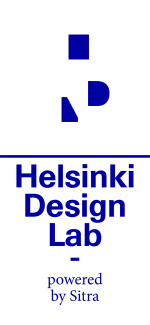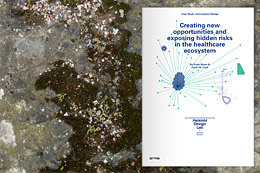Over at frog design they've been talking about what it is that designers do, and have proposed a rather interesting pivot for the conversation: magic. As they tell it the world has two kinds of designers, those who are pro-magic and those who are not.
In the first camp: “What we do has nothing to do with magic! We design objects and interactions for people, in the clearest and most logical way... We help people survive in the world.” In other words, design is about function, purpose, usability.In the second camp: “Of COURSE what we do is magic! We are nothing if not magicians, making the impossible real, bringing the just-out-of-reach right into the palms of our hands. Whether objects, or experiences, we create the moment of wonder and delight.” In other words, design is about meaning, emotion, even transcendence, if you will.
This sharp distinction seems a little overzealous, though. Like many things, the answer is somewhere in between. Design practiced well should always have a purpose and function, and to do that it must often "[make] the impossible real." The fact that designers work from conception to implementation is a unique professional obligation and involves the resolution of conflicts and impossibilities of all sorts into a seamless and singular material reality. That itself is a kind of magic.
To actually produce an object or service the designer must rectify conflicting client desires, material behaviors, economic envelopes, and numerous other requirements. This is the really hard part. If the designer is successful, these disparate inputs are dissolved into a wash of intention – as if by magic – and the resultant thing just works in ways equally delightful and useful.
The difficulty of implementation is one of the reasons why "design thinking" is not enough. Putting aside for now a lengthy but necessary discussion about rebooting the practice of design and the way we educate our designers, "design thinking" is only half of the value proposition. A design proposal, no matter how insightful, clever, and well researched is only ever a mere tiptoe into the journey. The success of good design is always the result of combined thinking and doing.
Try out any of the numerous iPhone lookalikes to understand the importance of a continuous spectrum from idea to final product. Even with the same feature set, aesthetics, and ambitions, every iClone I've tried pales in comparison to the original. If there's magic in design it's the practical magic of making any friction between abstract possibilities (ideas!) and material reality (things!) disappear. This, finally, is design thinking and design stewardship working in conjunction to deliver work of the highest caliber.


